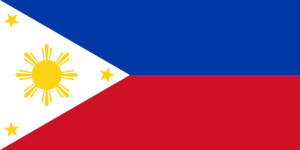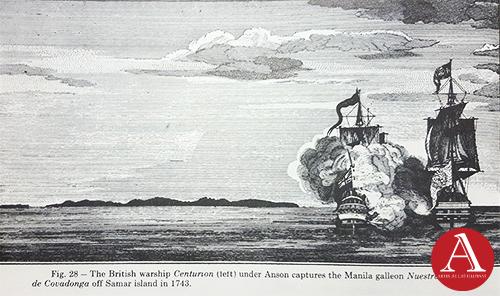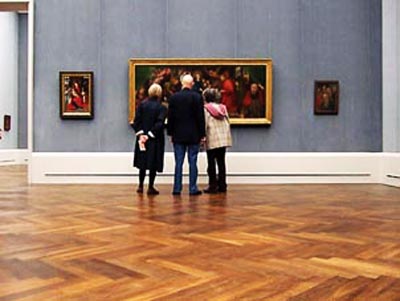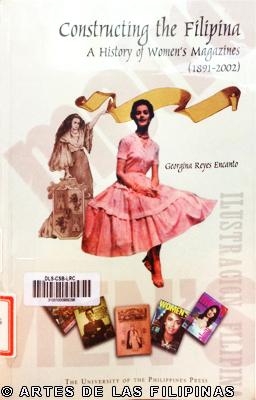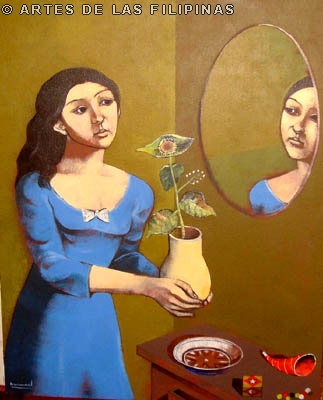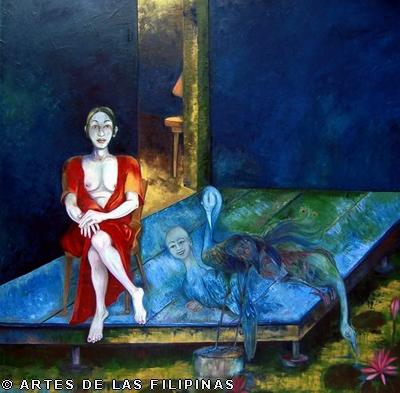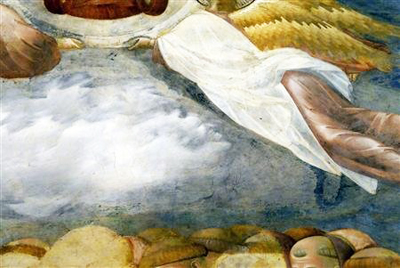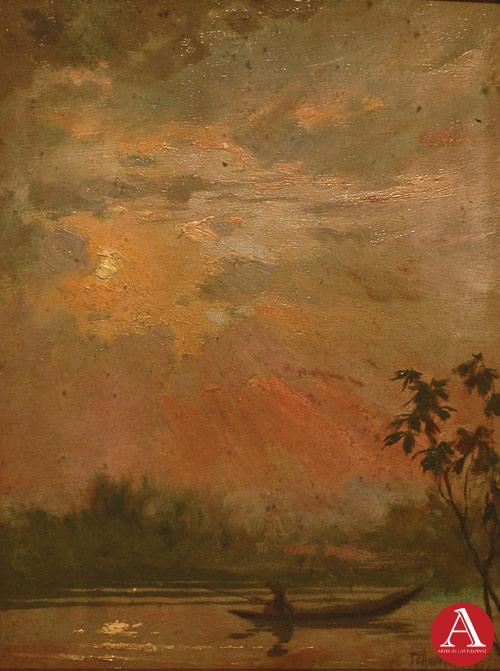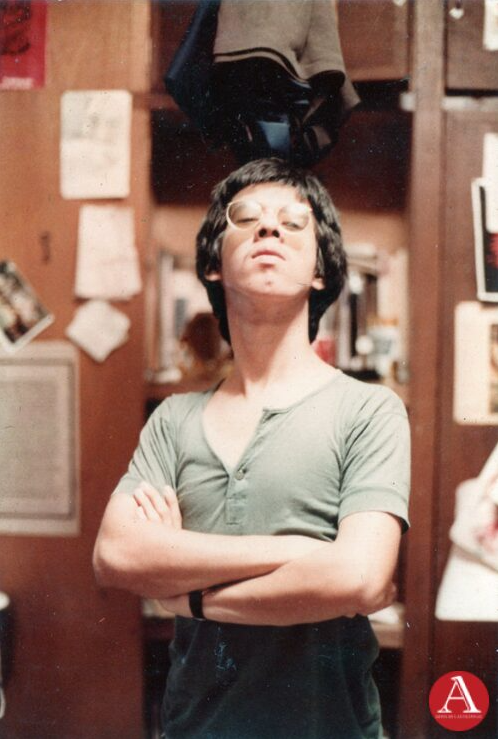
by: Christiane L. de la Paz
In 1978, the historic municipality of Balayan, Batangas celebrated its 400th year of founding and christianization. From November 28 to December 23, the celebration began with the introduction of the hermana mayor (Spanish words which means elderly sister) followed by a novena to the Blessed Virgin Mary of the Immaculate Conception and ended with the coronation of the “Prinsesa ng Balayan.” In between, religious processions (luwa and arias), stage shows, concerts, award ceremonies, dances, and fiestas provided opportunities for the people and visitors to come together and join in the celebration.

I was very young when this celebration took place but I know that my family and relatives remembered the event to be very memorable to the townspeople. It was a reminder to them that no matter what happens to them in the future, they should never lose touch of their past and heritage. Modern-day author and philosopher Robert Fulghum said that “there are places we all come from – deep-rooty-common places – that make us who we are…There is a sense in which we need to go home again … to sanctify memory.”

As the municipality is nearing its 427th anniversary, let me share with you a brief history of Balayan, Batangas, which was briefly discussed in the souvenir program published in 1978.
“BALAYAN, the name of an old town and of vast province Batangas in 1581, which has been figured out here as the center of the ancient country Mai-I, is probably derived from Bai or bai i.e house…the tagalog term “bai” for the Batangas area was replaced by the Visayan people under the leadership of Datu Balensucla and Datu Dumagsil in the middle of the 13th century, as told in tradition or in the Maragtas. The old province of Batangas from Balayan to the far eastern region in Laguna including part of Camarines Norte was the most prosperous and civilized area in the Philippines. When the Spaniards first came, Nasugbu, Balayan, Batangas, Taal, Cavite, Bacoor, Pasig, Marikina, Cainta, Nagcarlan, Lilio, Pilar, Bai, Pangil, Majayjay, Paracale, etc. were the first towns and centers of commerce and industries in the island.”

The natives, the Sagubangas and the Tayakads then live the Tayakads then live the fabled and majestic Batulao Mountain or the Mountain of Gold called “Batung-Dilaw,” the abode of the mythical fairy princess Dalisay, daughter of King Suay and Queen Tagaytay. Then the land near the sea was settled by Mongoloid people who came from mainland Asia or Tagalogs as the place was a trading port of neighboring countries.
Tradition has it that Datu Balensucla settled in barrio Pooc and founded Balayan, then inherited by Datu Kumintang (1394).
In 1570 Martin de Goiti explored Balayan Bay. When Juan de Salcedo rejoined Goiti in Balayan, he was left behind when Goiti sailed for Manila.

The coastal town of Balayan was officially founded in 1578 under Spain by Fr. Esteban Ortiz and Fr. Juan de Porras, covered the towns of Nasugbu, Lian, Calatagan, Tuy and Calaca. It was called Vonvon by the Muslim natives, with population of 3,400 and Balayan 600 natives. In 1581, the Province of Balayan was created and Balayan was made the capitol of the Province with jurisdiction extending over a vast territory including what is now Batangas, Mindoro, Marinduque and all the lands southeastern part of Laguna as far as Camarines. At a later date 1732 the outlying regions were separated and Batangas proper become the only constituent part of the province. Old writing of 1779 and 1804 in the “Kalupi” Balayan is the Capitol from 1578 to 1779, for 201 years.

According to Morga “BALAYAN” Provincia y Pueblo. El pueblo fue fundado en la costa del seno de Balayan, Luzon en 1578 y de el tomo nombre la provincial Ilamada despues Batangas que es que el lleva actualmente. El pueblo de Balayan hasido uno de los mas castigados por la pirateria mora.”
Fr. Pedro Chirino, the Jesuit historian, blessed the new church of Balayan in 1590.

This province of Balayan already belongs to the Archbishop of Manila and is small in area. Its principal products are garlic and onions and some textiles for blankets. It has 3,151 tributes, 2,016 belonging to encomiendas of His Majesty, and 1,135 to encomiendas of private parties (San Antonio, Cronicles of the Holy Prov. of San Gregorio) 1728.
1675 – Balayan was captured by the Muslims.
1743 – Almost all young men and women of Balayan went to Manila to report the abuses of the friars to the Captain General and through the Alcalde Mayor ordered to stop the abuses in the convent.
1744 – Francisco Matienza of Dilao led some prominent persons of Balayan to demand in Manila the return of the lands of Lian, Calatagan and Nasugbu to the natives unsurped by the friars, but the Kapitan Municipal refused and ended in troubles.
1749 – Started the stone foundation construction of the church, the convent and the town hall.
1754 – Muslim raid the town. Many of the residence went to Cavite. Battle of Cayponce.
1769 – Juan de Ayala, the first native priest from Balayan sang the Mass.
1789 – Muslims landed in Dacanlao.
1833 – The road to Batangas was opened.
1849 – The new cemetery construction was started in barrio Ibabao.
1853 – This year ended the moving houses from the main road and the area with 100 houses became one barrio.
1848 – The digging of Binangbang to flow the river in another direction to control the flood.
1815 – Kanluran was flooded; all houses wiped out.
1828 – Big fires caused all houses was burned except the convent, the church the Captain house and the camerera of the Virgin Rosario.
1854 – Big fires hit the houses. “progreso” ship anchored in Balayan
1859 – Cabeza for every 100 houses was formed.
1866 – Almost all houses was burned by the big fire except the church.
1867 – Start the construction of school building in the swamp area.
1877 – 22,000 cavans of Balang birds was caught.
1876 – Manuel Gonzales Araullo finished Jurisprudence and became third Chief justice of the Philippine Supreme Court.
1880 – Big fire hit many houses.
1882 – Cholera killed many residence.
1884 – Vivencio Ramos finished Licienciate in Medicine and Civugia, first in the province.
1896-Gen eleuterio marasigan led the ambuscade of Spanish troops from Calatagan in barrio Palikpikan, 70 Spanish were killed and 30 to the ambusers. San Miguel Mabini (Col. Luciano San Miguel) led the attack in Nasugbu.
1898 – Andres de Jesus, Presidente interim of Balayan during the first republic and not of the tagalog region.
*This article is written in memory of my father, Vicente “Bobby” de la Paz, who was born and raised in Balayan.

